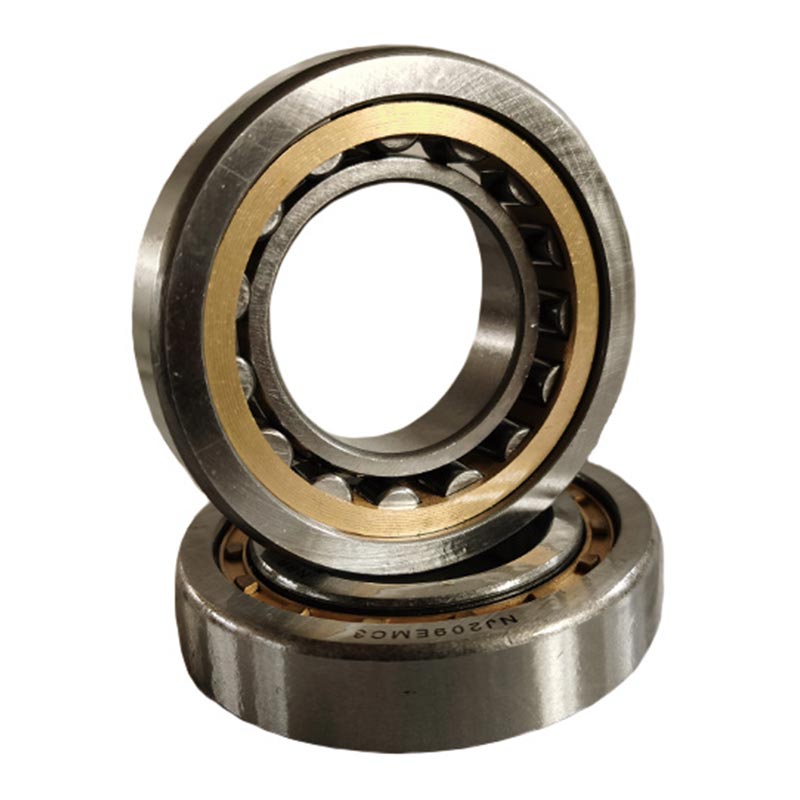At their core, roller bearings are cylindrical-shaped components designed to reduce friction between moving parts. They achieve this by replacing sliding friction with rolling friction. This mechanism not only reduces wear and tear on components but also enhances the overall efficiency and longevity of mechanical systems.

Benefits of Roller Bearings
Reduced Friction: Roller bearings significantly decrease friction compared to plain bearings, leading to energy savings and lower heat generation.
Enhanced Durability: The rolling motion reduces wear, extending the lifespan of components and reducing maintenance requirements.
High Load Capacity: Tapered Roller bearing can handle heavy loads while maintaining their performance, making them suitable for various industrial applications.
Precise Motion Control: These bearings offer precise control over motion, crucial in applications requiring accurate positioning and alignment.
Versatility: With various types available, roller bearings can be tailored to suit specific application requirements.
Applications in Diverse Industries
Automotive: Roller bearings are found in wheel hubs, transmissions, engines, and steering systems, enhancing the performance and safety of vehicles.
Industrial Machinery: Industries like manufacturing, construction, and mining rely on roller bearings for conveyor systems, heavy machinery, and processing equipment.
Aerospace: Bearings are vital in aircraft components, ensuring reliable performance and safety during flight.
Energy Generation: Wind turbines and power plants utilize roller bearings in generators, turbines, and other critical components.
Medical Equipment: Precision and reliability of roller bearings make them valuable in medical devices like CT scanners and surgical equipment.
Proper Maintenance and Installation
To reap the full benefits of cylindrical roller bearings, proper maintenance and installation are imperative:
Lubrication: Regular lubrication is essential to minimize friction and prevent premature wear.
Alignment: Accurate alignment of shafts and housing is crucial to prevent excessive loads on bearings.
Sealing: Proper sealing protects bearings from contaminants and moisture, extending their lifespan.
评论
发表评论